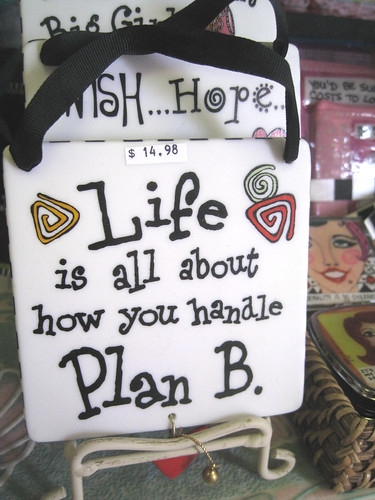 At various times I have had the pleasure of working with different ‘first responder’ organisations. All really great at what they do.
At various times I have had the pleasure of working with different ‘first responder’ organisations. All really great at what they do.
I got to run exercises for when their own operations were disrupted, not when they got to respond to other people’s problems. They were not always that great when cast in the role of victim.
Then there are contingency planners, BCM and DR folks. It is really entertaining to run an exercise where nobody is forced into following their plan, or adopt their ‘crisis structure’.
Allow people (especially Executives) to tell you what they would really do in a crisis. The contingency planner then needs their own contingency!
What makes the first responder great at responding (and not so good at being a victim)?
They practice what they need to do over and over – and in different situations. They don’t practice being victims much.
They have made responding a core capability and it is part of their culture.
Consider this quote – do you know where it is from?
“organizational culture is often portrayed as the combined assumptions, beliefs, values and patterns of behaviour that are shared by members of an organization. These are often not consciously understood but when taken together they create the way an organization views itself, its place in its market and the environment in which it operates.
Trying to make sense of these underlying assumptions is not straightforward. They are extremely difficult to observe with any degree of accuracy. However, it is fair to say that the ‘way things are done around here’ is an idea that will feature prominently in both the formal and informal organization. Hence facilitating behavioural change is very difficult to accomplish.”
When you work with Police, Fire, Ambulance people, these shared beliefs and behaviours are clearly there – they normally seem to have their mode of operation embedded in the culture.
That is not always the case in the corporate world.
If you hadn’t guessed the quote above comes from the BCI Good Practice Guide (2010, p38), under the section about Embedding BCM in the Organization’s Culture. Despite having a reasonable description of culture in organisations, I don’t think the guide offers even an average practice for cultural change, let alone a good one. Awareness sessions will not create shared values and beliefs.
What we need to embed in the culture of our organisations is this capability to respond and adapt. We need to exercise the skills around situational awareness, acceptable rather than optimal options, and Sense/Respond approaches – “Plan, Do, Check, Act” is unlikely to save you in a crisis.
If culture is “the way we do things around here”, then we need to ensure that we are building resilience into the daily processes, not the rarely used processes. There is a similar message in Amy Lee’s recent post about the need for crisis reporting lines and processes to match the BAU arrangements.
The craft of resilience demands an appropriate blend of Art and Science. We need to learn how to work with culture, understand its properties and how to shape it where we can. It is not an easy skill to master, nor is it the only skill the resilience craftsman needs to master.
The aim is to craft an organisation that can detect problems early, respond promptly to impacts and disruptions and hopefully exploit these events to their advantage.
Just like the first responders, we need to practice, practice, practice!
Does your current planning process deliver readiness?
… or just pages in a binder?
Leave a Reply